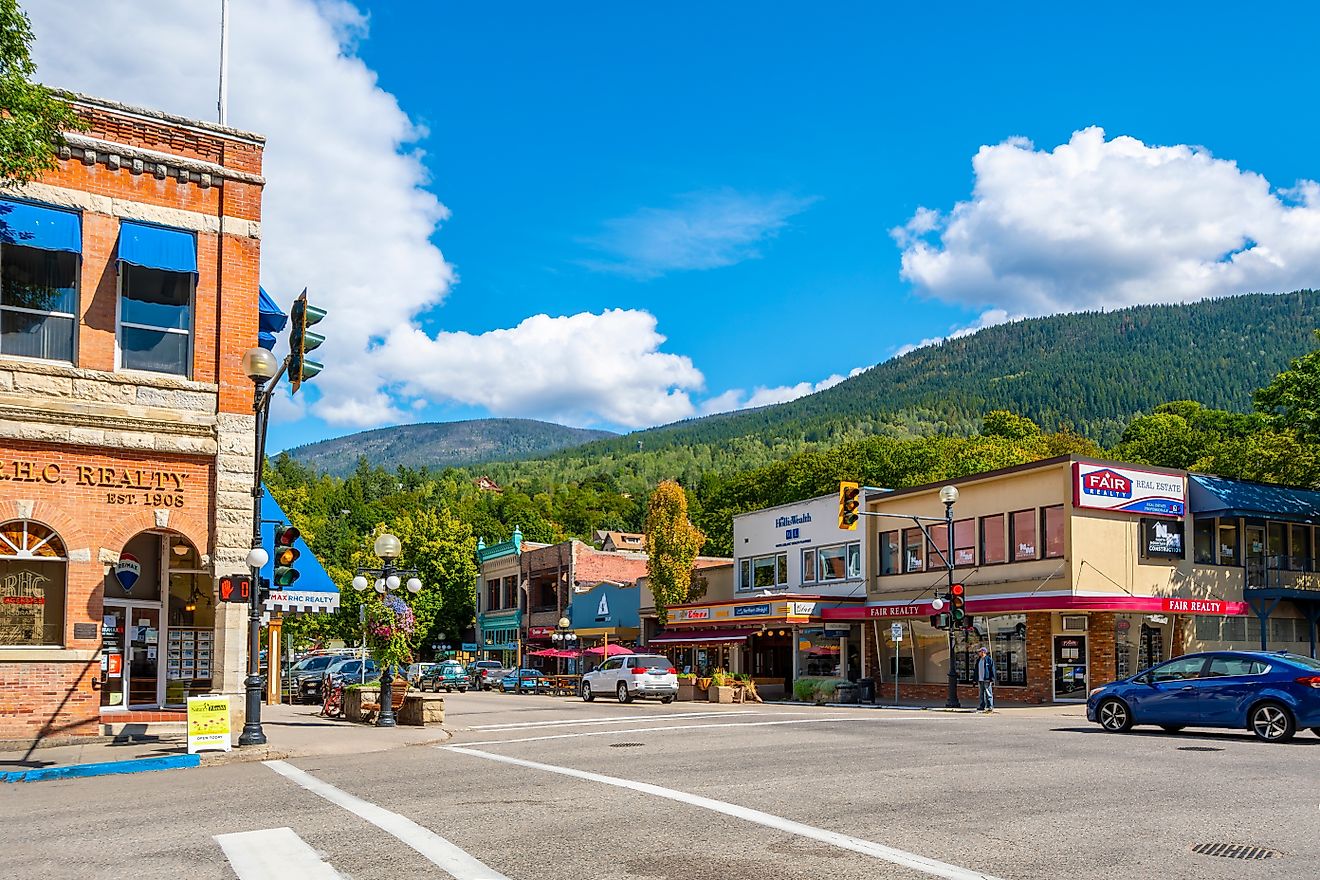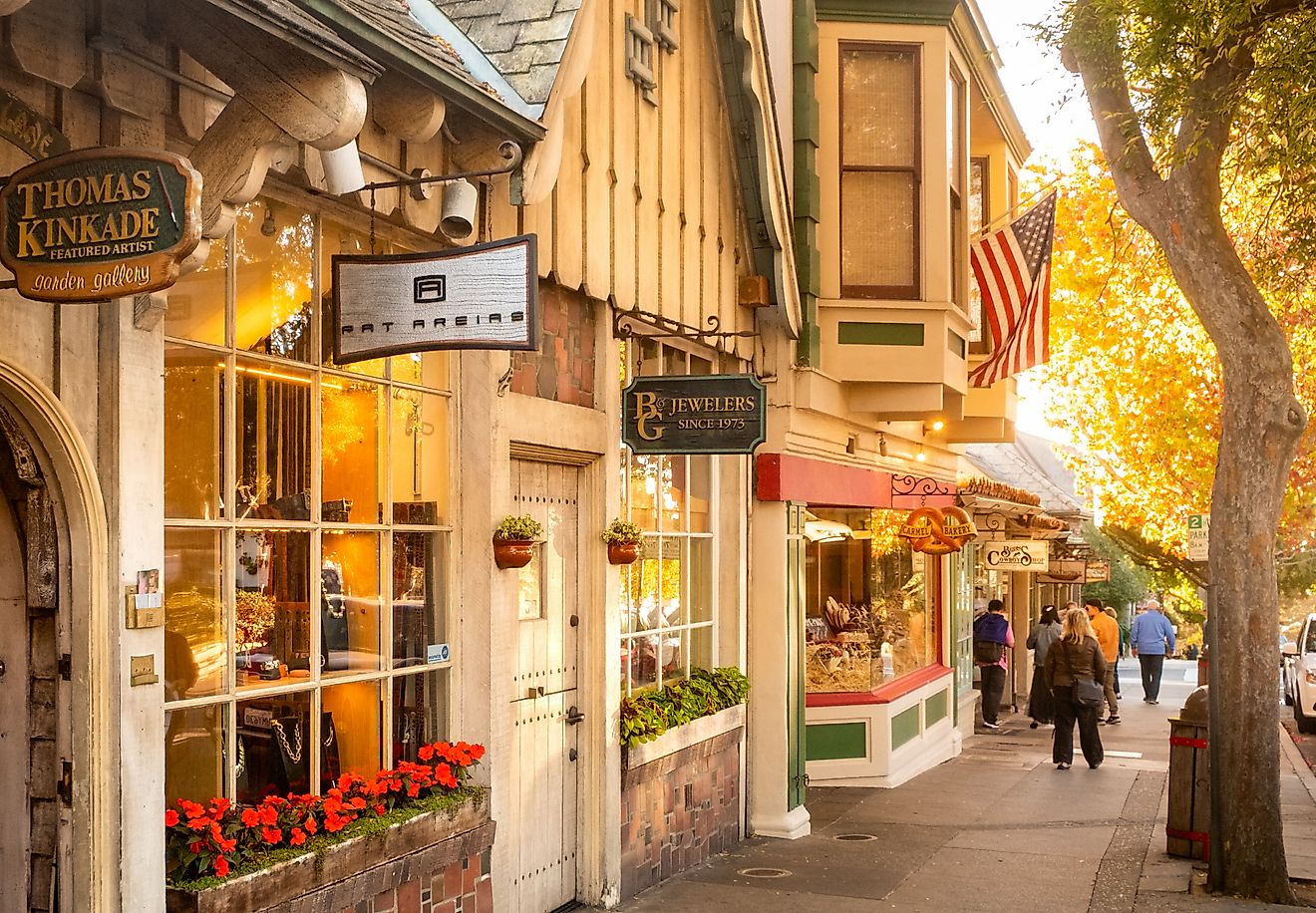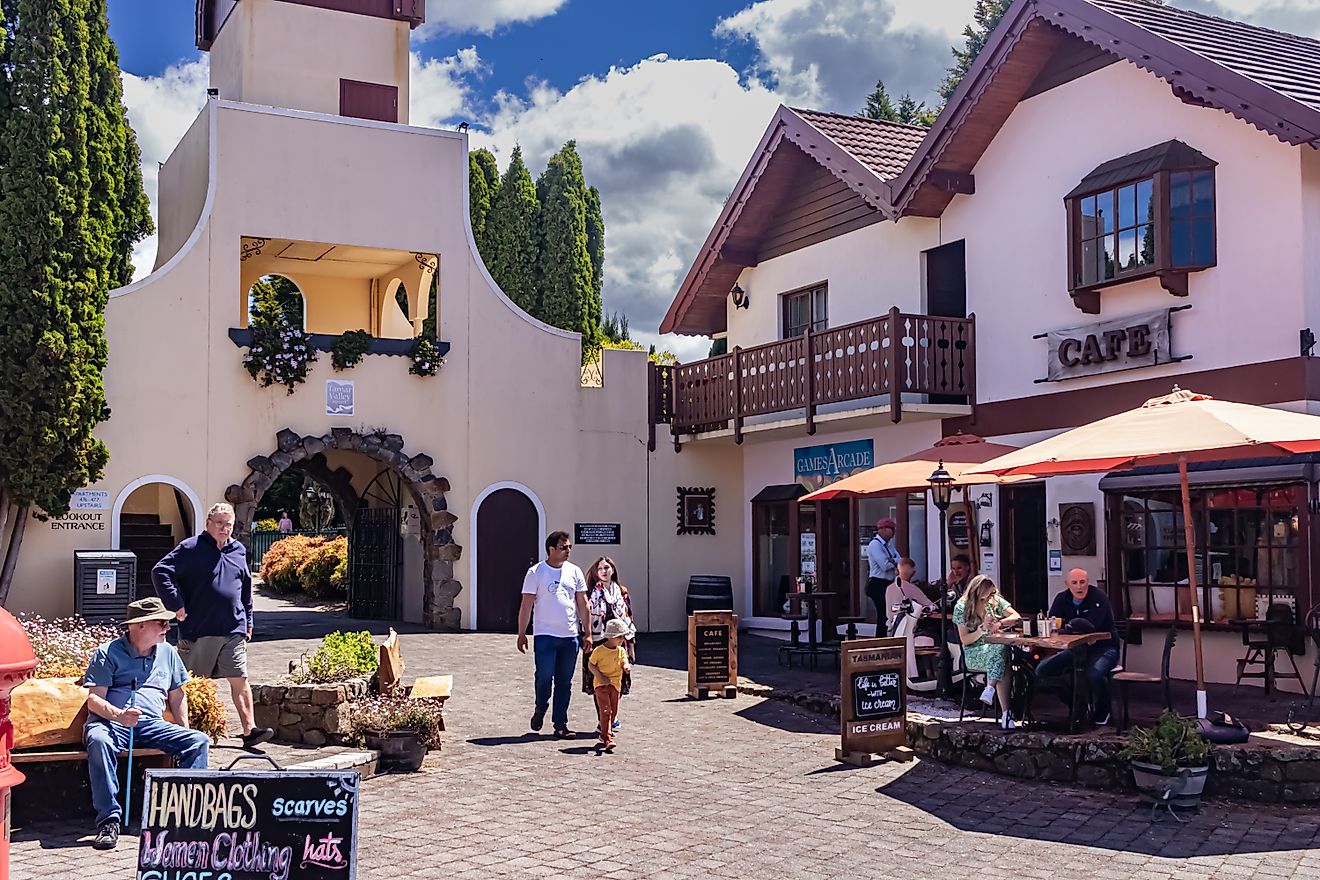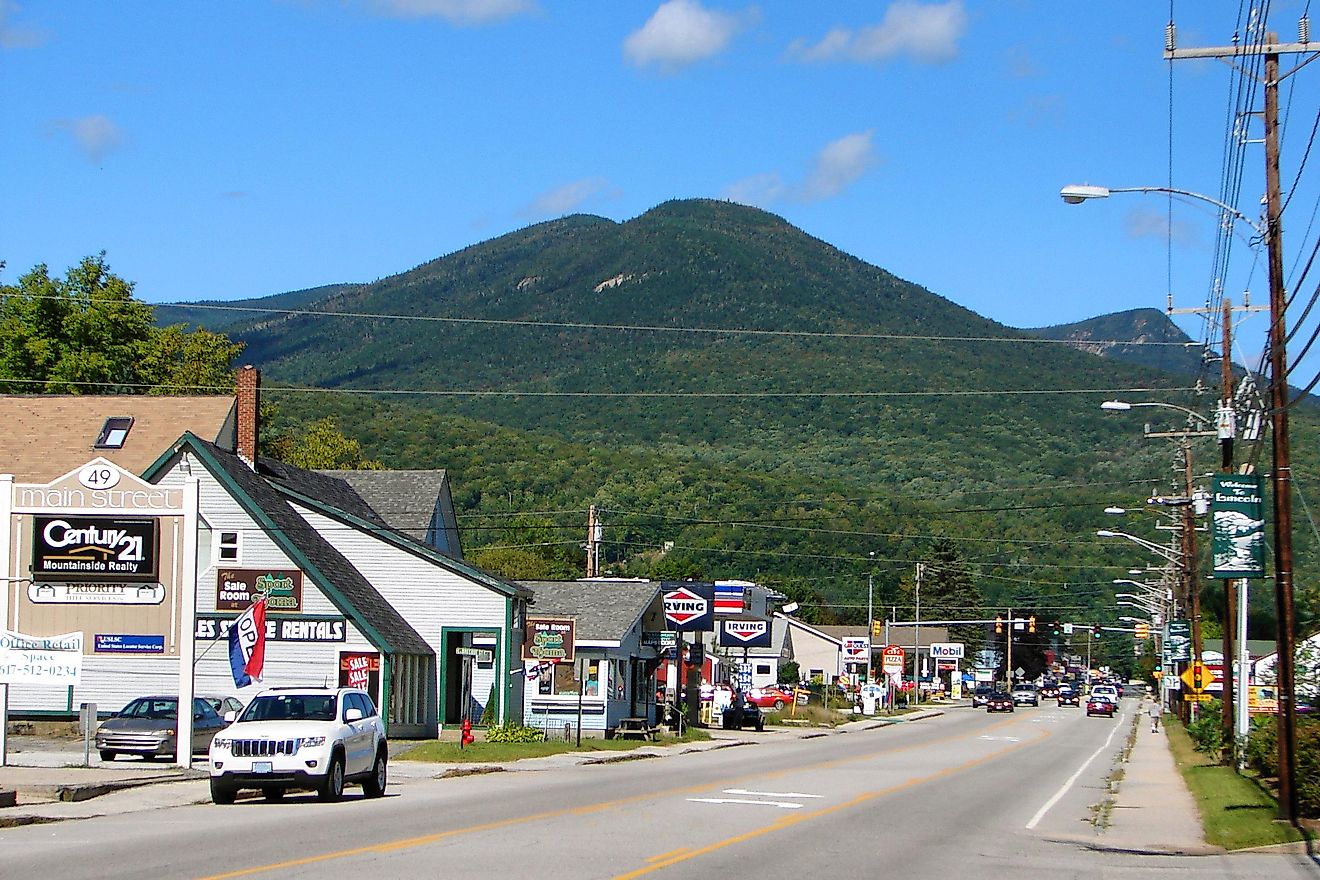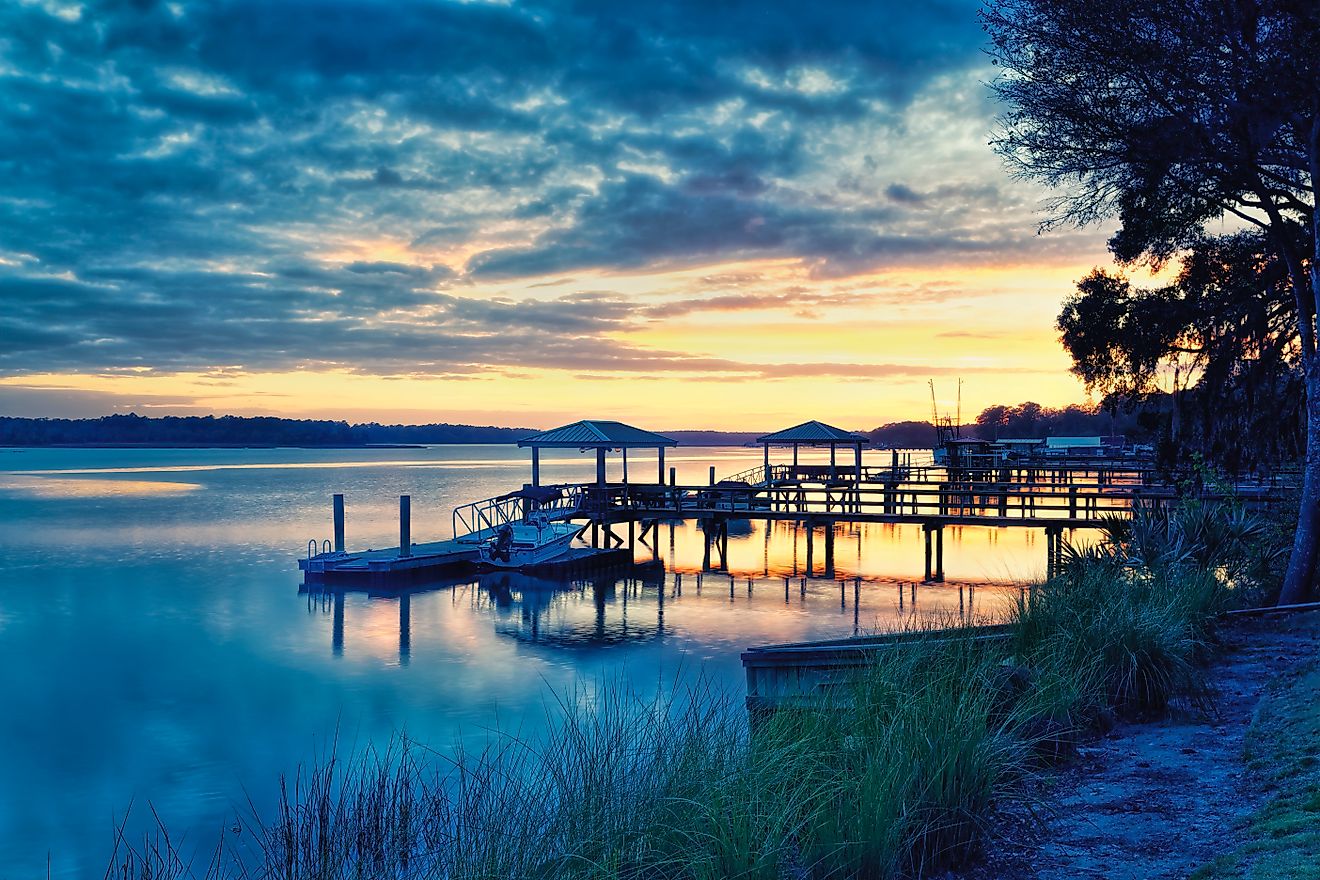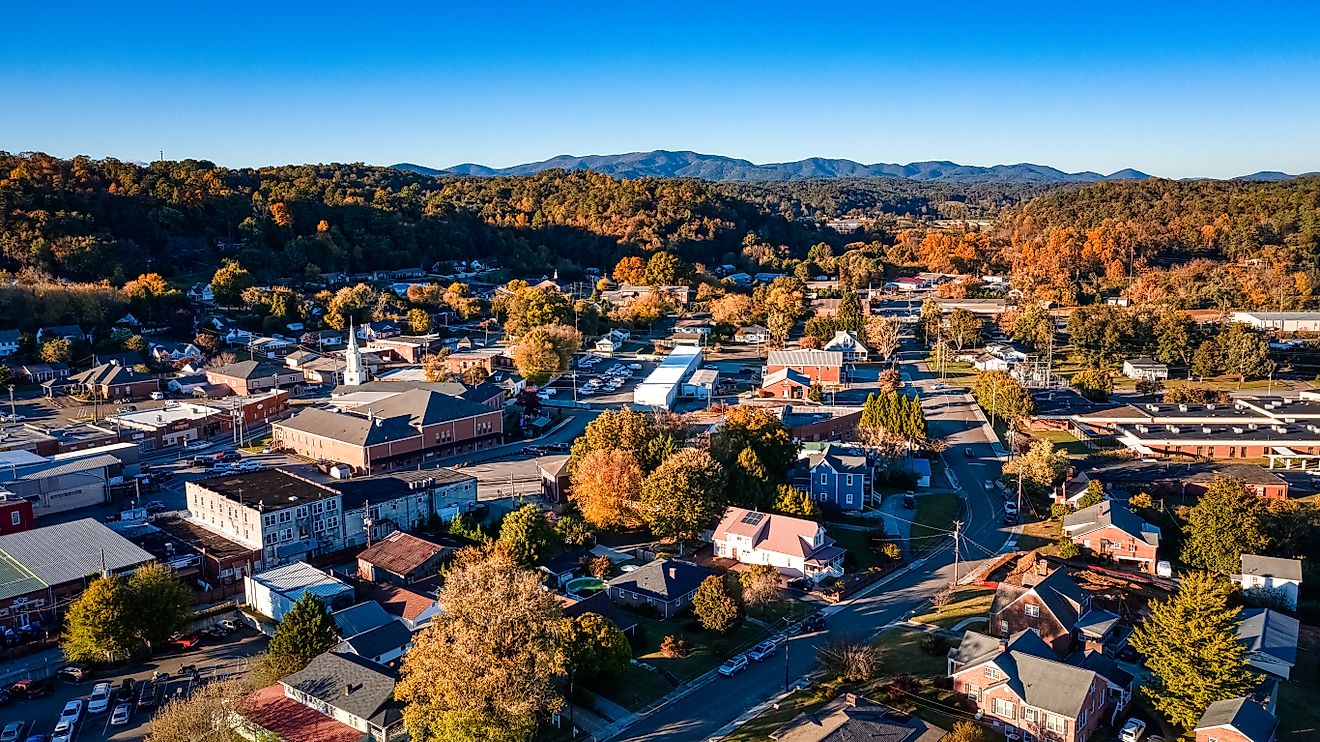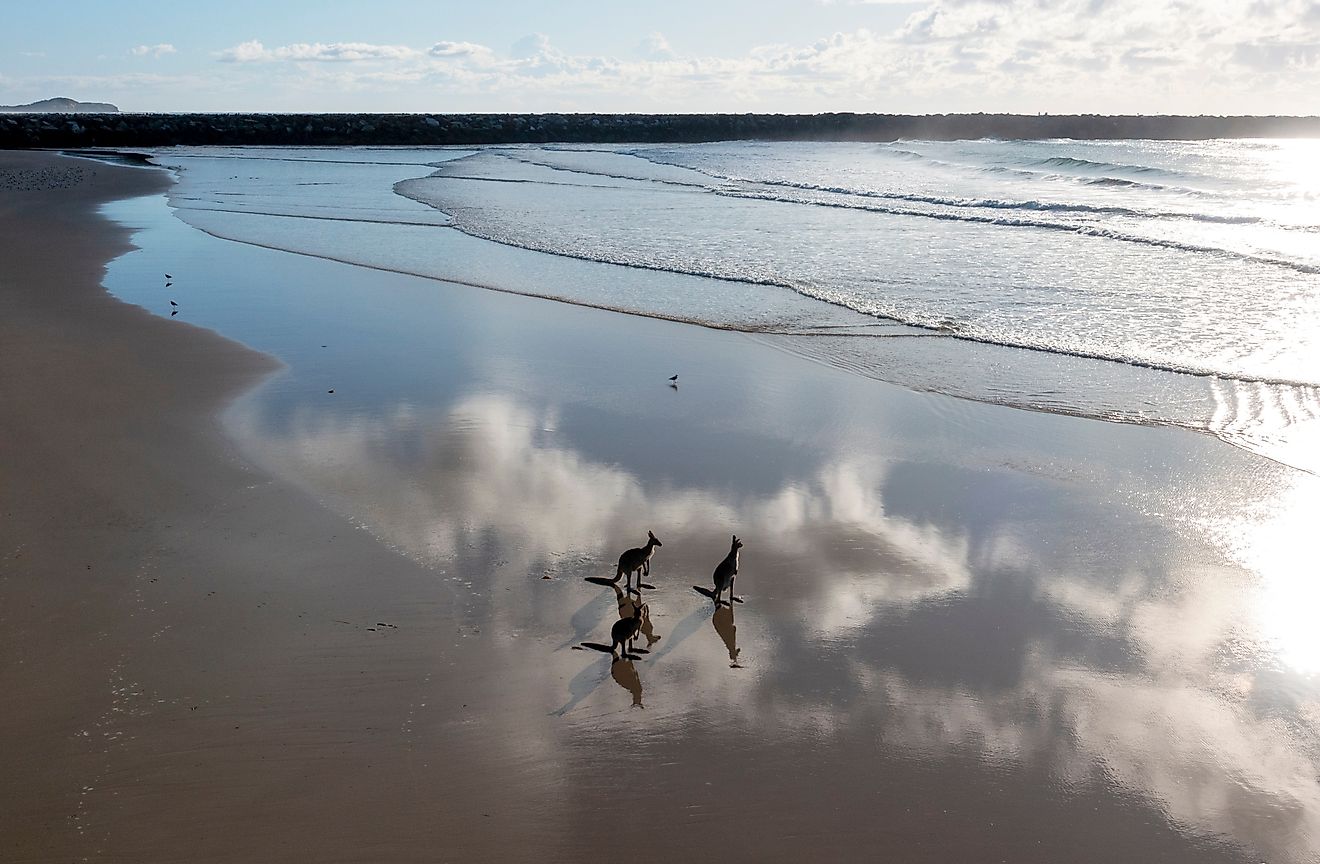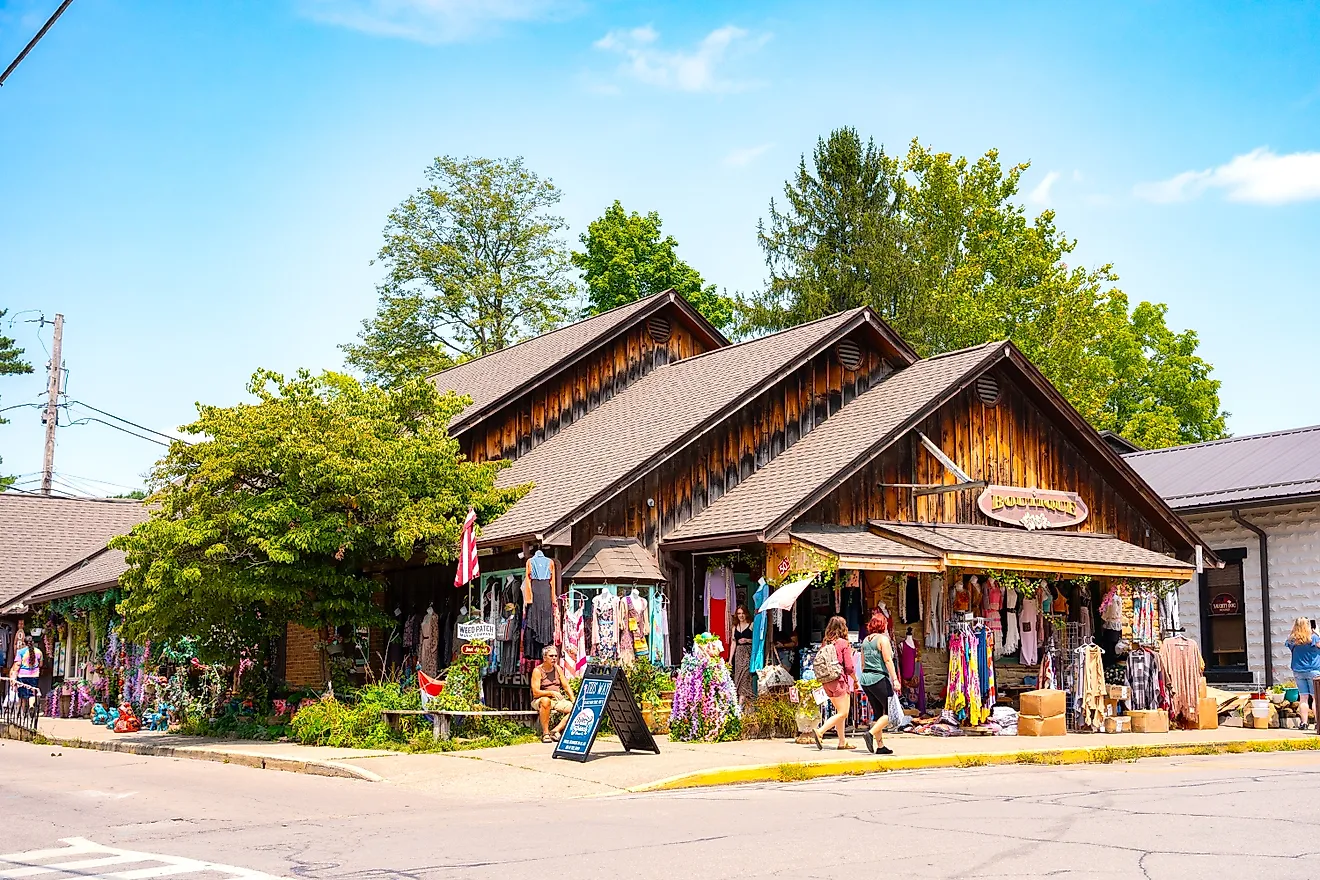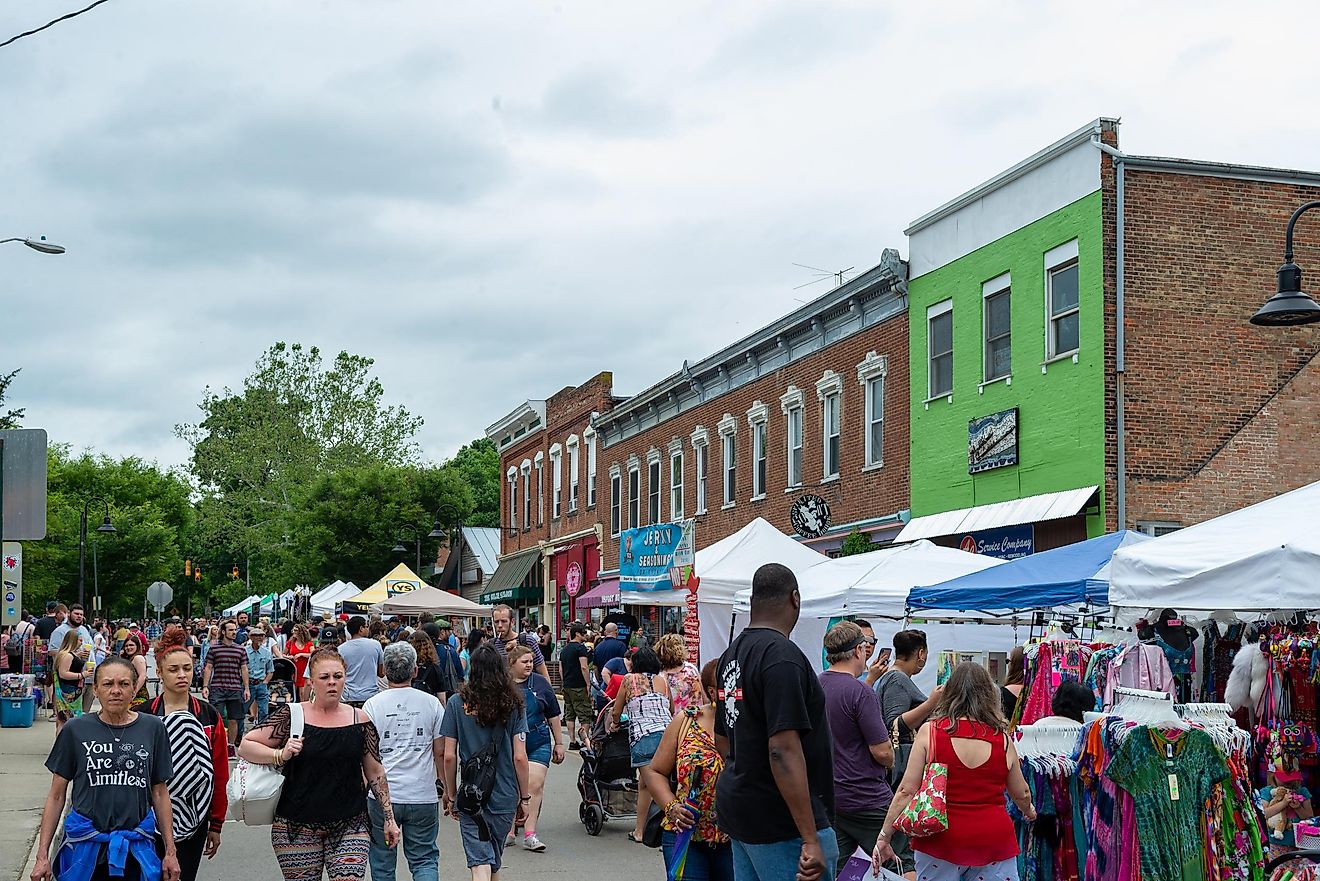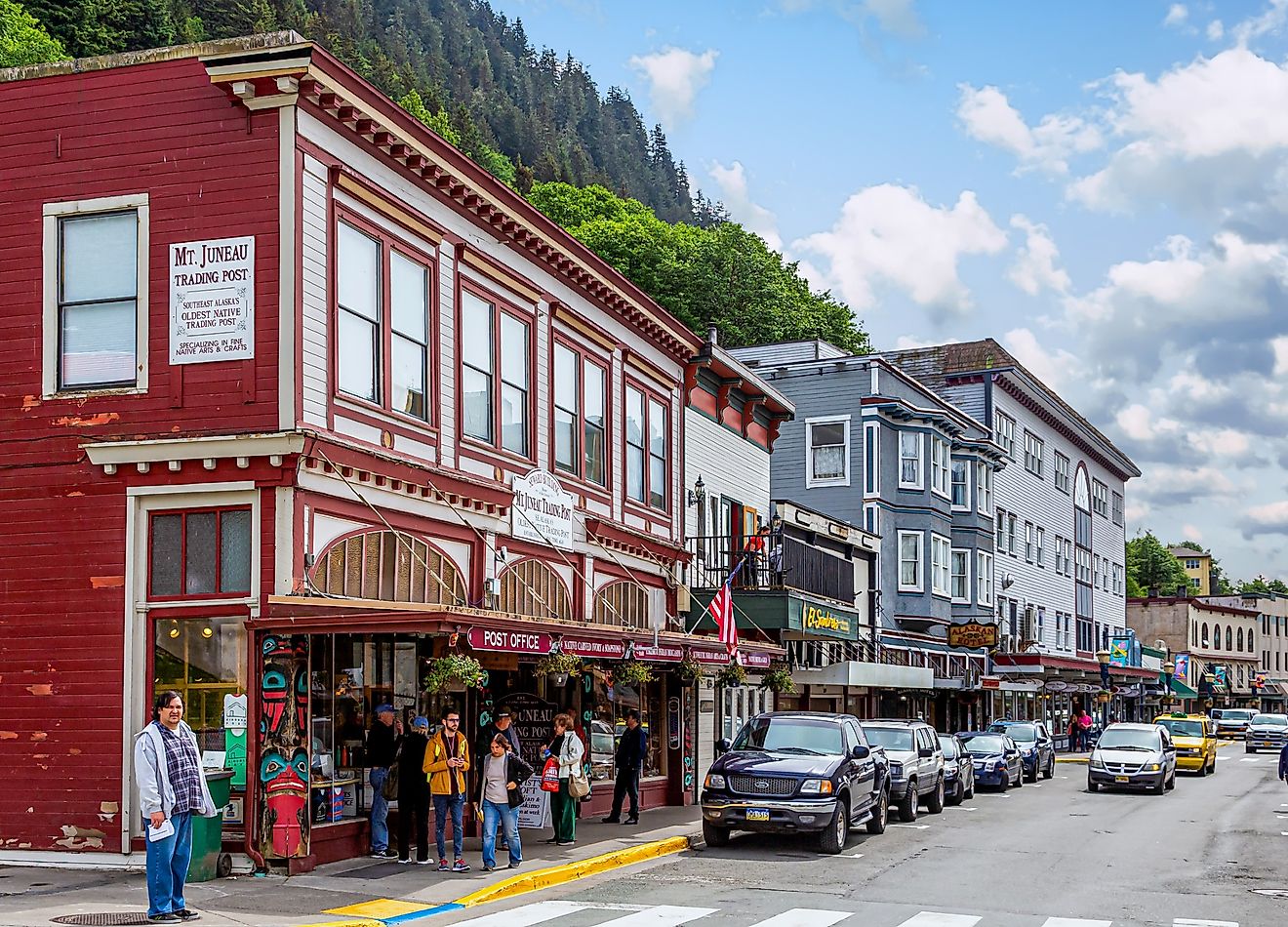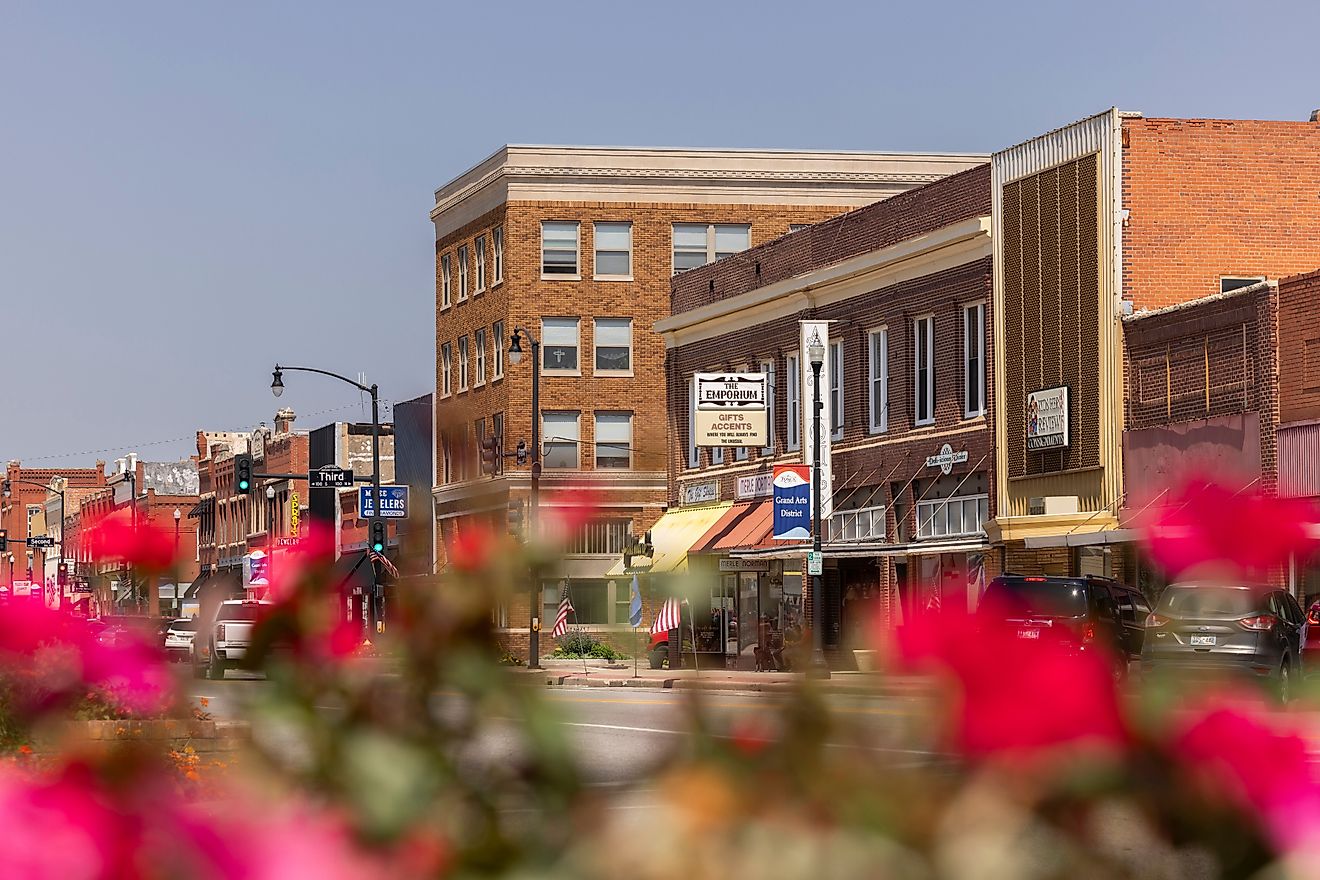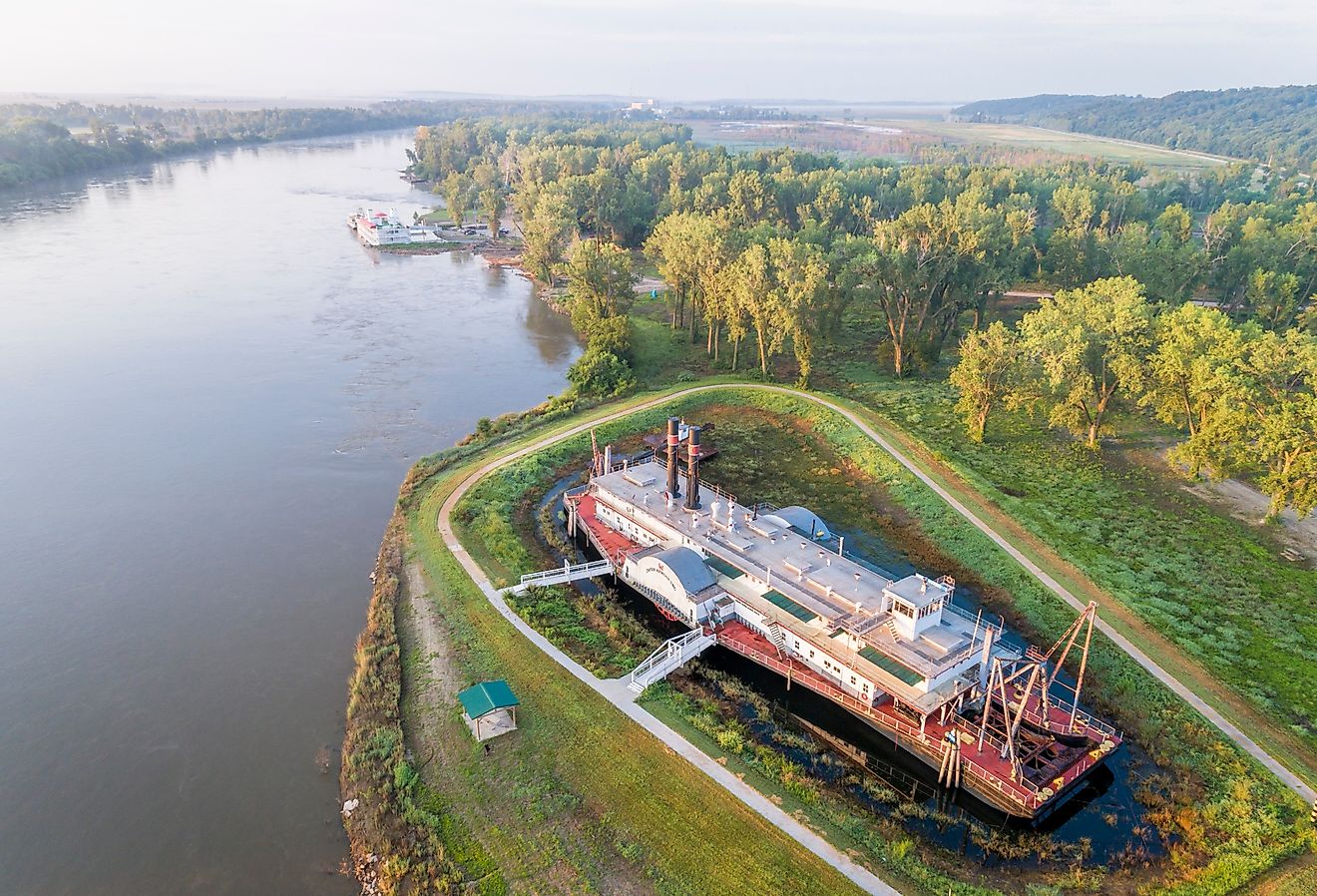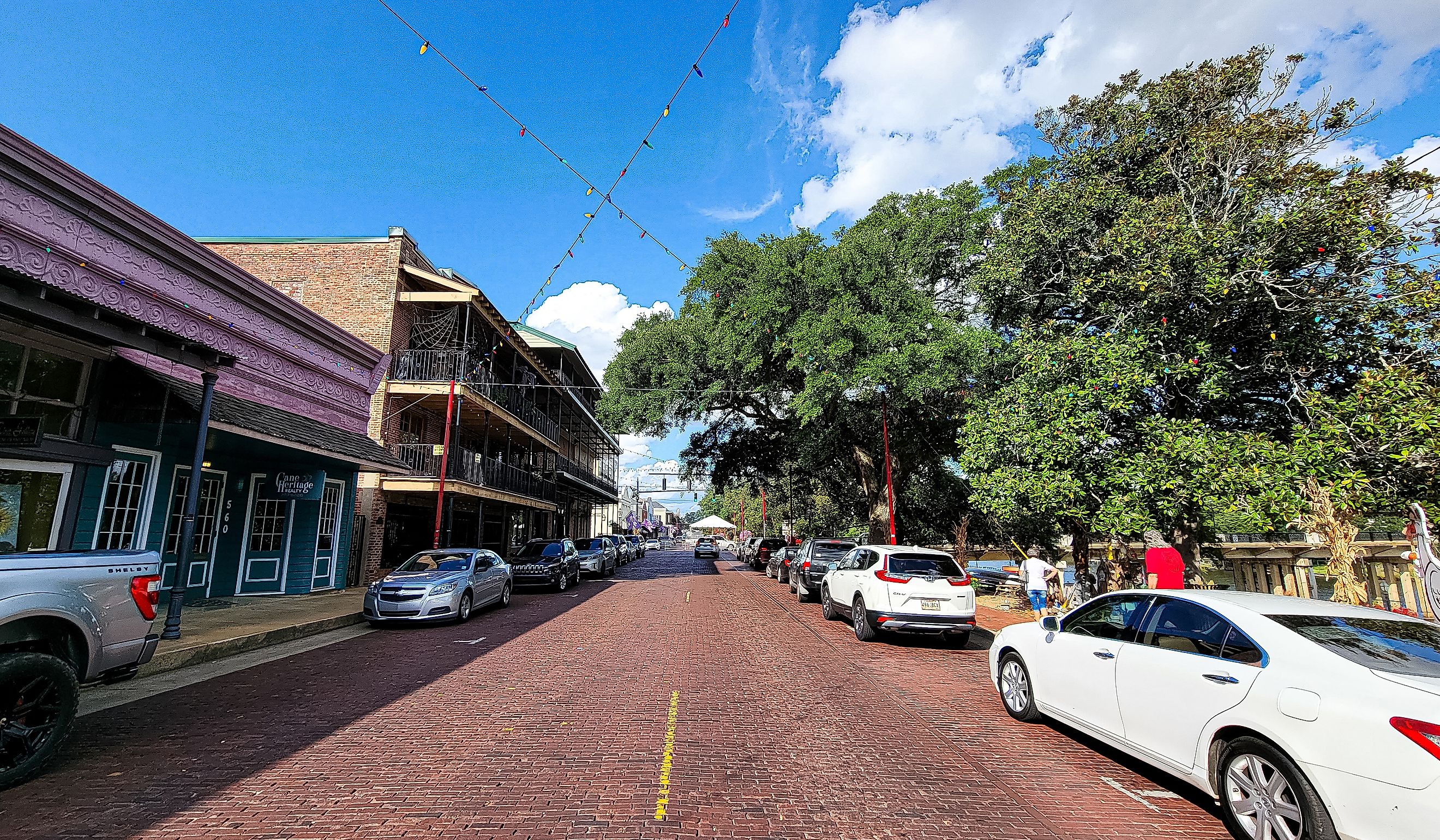
7 Undisturbed Towns To Visit In Louisiana
When you hear Louisiana, you think of the Bayou, alligators, and Mardi Gras. And while all those things have strong ties with the state, another big connection is with history. The French Quarter, Garden District, Spanish Town, and more are rich with the state’s history, dating back to its earliest settlers. While bustling towns like New Orleans are the epicenter for entertainment, these seven undisturbed towns also provide enjoyment, history, and a good old southern experience.
Natchitoches
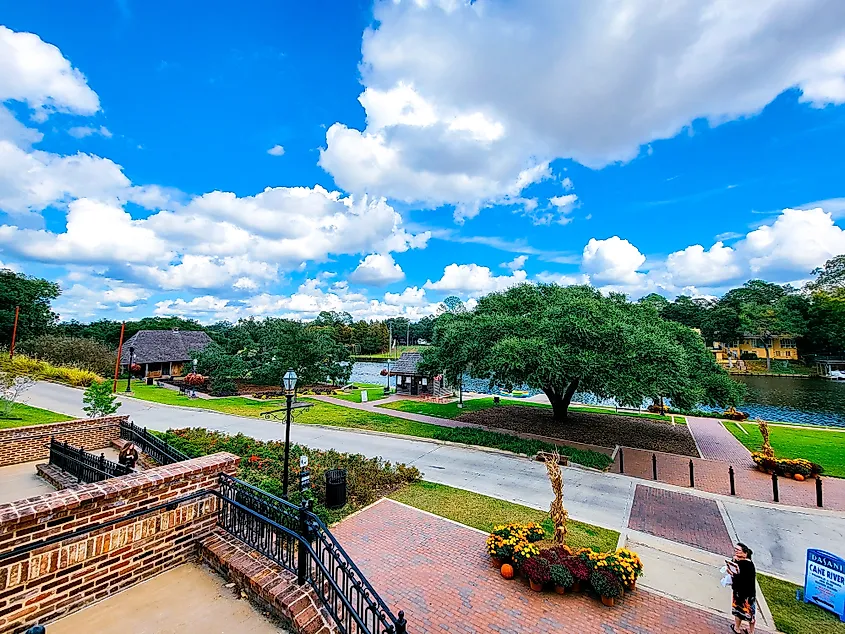
Established in 1714 by Louis Juchereau de St. Denis, Natchitoches is the oldest settlement in Louisiana. Named after the Natchitoches Indigenous people, the town was established as part of French Louisiana. Being such a significant city, it provides multiple opportunities to learn about its early days. Begin your history tour at Fort St. Jean Baptiste State Historic Site. The fort served as a military outpost to keep Texas from advancing over the border into Louisiana. The fort’s interior, which includes a chapel and storeroom, is a replica that is located just a few hundred feet from the site of the original fort and allows visitors to take guided tours. Another historical wonder in this town is the Kaffie-Frederick General Mercantile. This historic landmark is not only the oldest business in Louisiana, but it is also a crucial landmark for the community. Founded in 1863, the store’s opening was happening right in the middle of the Civil War. The store not only survived the Civil War but also the Great Depression and World War II! Currently run by a third-generation family, the store provides cookware, gifts, kitchenware, jewelry, and more. Before venturing out of this notable town, take a cultural trip through the Cane River Creole National Historical Park. The purpose of this landscape is to preserve the resources and culture along the Cane River. The 63-acre park includes sites of the Texas and Pacific Railway Depot as well as French Creole cotton plantations, Oakland, and Magnolia. The plantations both retain their original historic settings, which include landscapes, outbuildings, structures, furnishings, and artifacts, and are the most intact French Creole cotton plantations in the U.S.
Eunice
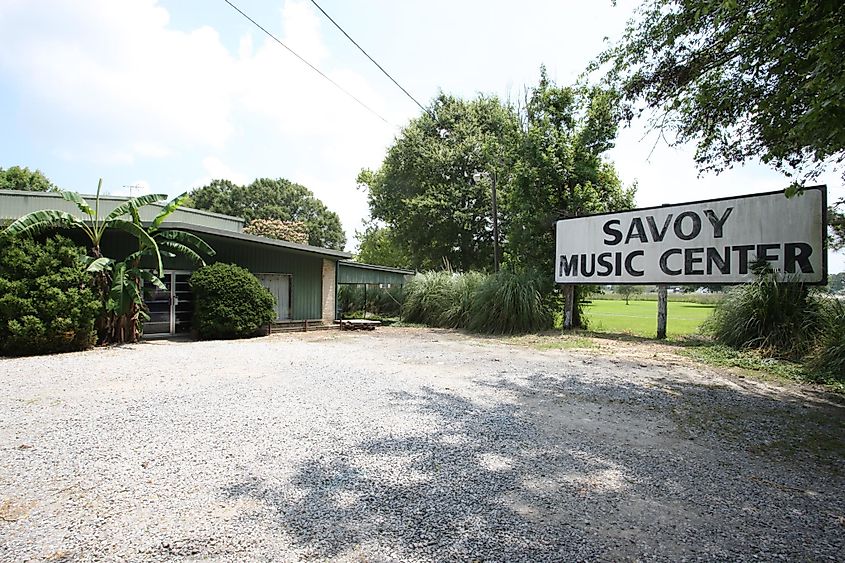
Known as the “Prairie Cajun Capitol” of Louisiana, Eunice provides multiple opportunities to learn about the Cajun history. Educate yourself on the Cajun culture in the state by checking out the Prairie Acadian Cultural Center. The cultural story of the Cajun, Creole, and cowboys is told through ranger programs, exhibits, and films. There are also cooking and craft demonstrations, live musicians, and loads of dancing. The original settlers, the Acadian exiles from Canada, are the inspiration for the museum. Continue learning about the Cajun Culture through the Cajun French Music Hall of Fame and Museum. The museum is adorned with the likes of Iry Lejeune, Denis Mcgee, Joe Falcon, and the wildly famous Cleoma Falcon, a singer and songwriter who was the first female to ever record Cajun music. The museum’s mission is to support and preserve the state’s history of this unique genre of music. For a final historic stop in this prairie Cajun town, visit the Eunice Depot Museum. Listed on the National Register of Historic Places, the museum is housed on land that was first sold in 1894; 90 years later, the building was restored. The exhibits vary from antique clothes, toys, tools, and other items to the Courir de Mardi Gras display. This collection gives a brief history of the unique rituals from Carnival Season and presents the exotic clothing that is worn by celebrants during the festival.
Alexandria
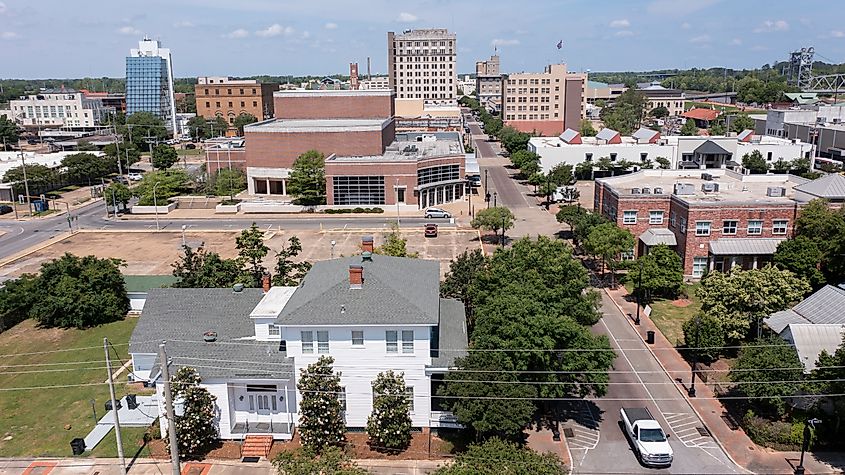
For a broad history experience of central Louisiana, interested visitors will want to stop by the Louisiana History Museum. Founded in Alexandria, the museum preserves and presents the stories and artifacts that made the community what it is today. Displaying some of the most prominent collections of historical objects, the museum now houses over 50 displays and exhibits. To get out in nature and continue to learn about the town’s past, history buffs will be excited to visit Forts Randolph & Buhlow State Historic Site. Developed on the Red River by Confederate soldiers, the purpose of the fort was to repel future Union attacks in this segment of Louisiana. Located on the Red River, the site includes what is left of Bailey’s Dam. This significant infrastructure allowed the Union Fleet to escape below the rapids on the Red River. It has been hailed as “one of the greatest engineering feats of the Civil War”. Another attraction on the National Register of Historic Places that features the town’s history is Kent Plantation House. Built around 1796, the authentic Creole plantation house is one of the oldest standing structures in the state. Built in French Colonial Architecture style, the building preserves and promotes the history and culture of Louisiana from 1795 to 1855.
Plaquemine
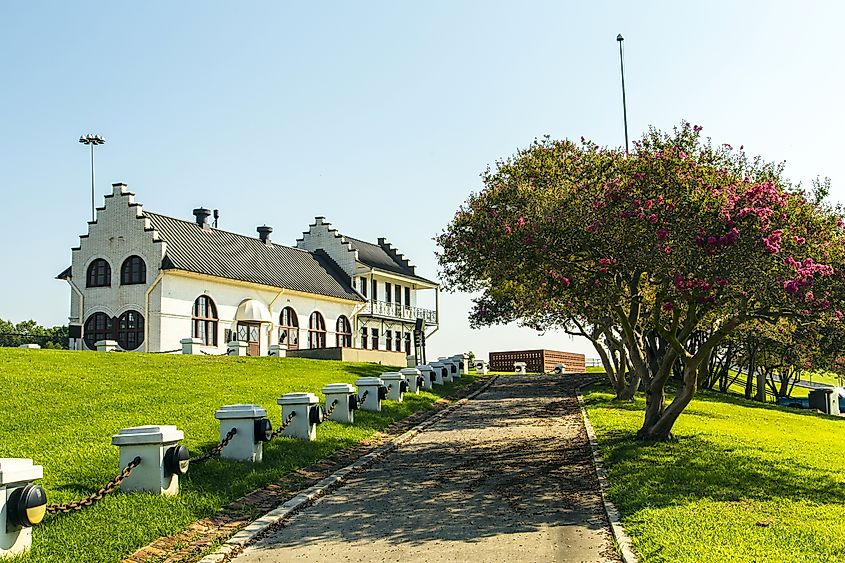
Established on the Bayou in 1775, this historic city is located on a section of the Lower Mississippi River. Enjoy this timeless town at Mark A. "Tony" Gulotta Bayou Plaquemine Waterfront Park. Set along the Bayou, the park features a pavilion and terrace, a fishing pier, a community center, and a walkway connecting to another notable spot in town, Plaquemine Lock State Historic Site. At 51 feet, the lock is the highest freshwater lock in the world! The purpose of the lock was to provide a shortcut from the Mississippi River into the interior of Louisiana via waterway. Constructed in 1909 and placed on the National Register of Historic Places in 1972, the land also houses the Gary James Hebert Memorial Lockhouse, a museum and visitors center. Hebert’s notoriety came from his tireless efforts to prevent the destruction of the lock by the Corps of Engineers. As a final stop to learn some of this Bayou history, visit the Iberville Museum. One of the oldest parishes in the state, named after French explorer Pierre Le Moyne d’Iberville, is dedicated to preserving and promoting the parish’s rich culture and heritage. Exhibits include Downhome Music, an homage to musicians who made their way to Iberville to pursue their dreams, and Atchafalaya Basin, which focuses on America’s largest swamp and wetland, and the community that made it their home.
Monroe

To combine natural beauty and unique history, roadside attraction fans will not want to miss a visit to Biedenharn Museum and Gardens in the beautiful town of Monroe. The historic home is filled with antiques and rare artifacts, and the gardens are lush with several thousand types of plants in the style of the English Garden. Different themes of the garden include Four Seasons Garden, Oriental Garden, and Musical Grotto, but the highlight is the Wagnerian Fountain located in the Ballet Lawn. However, perhaps the most enticing attraction on the grounds is the Coke Museum. Joe Biedenharn was the first to bottle Coca-Cola, and the museum is dedicated to his lifelong love of the popular soft drink. View the vintage signs, an old-fashioned delivery truck, and an original 5-cent vending machine. Nature enthusiasts will want to visit Black Bayou Lake National Wildlife Refuge to make another stop and roam around the sites. Birdwatching, hunting, fishing, watersports, and hiking are just a few of the activities offered in the park. With 5,300 acres of land and 1,600 acres of lake, the refuge has ample opportunities to view waterbirds like great blue herons, endangered wildlife, neotropical migrants, and local wildlife, as well as water snakes, frogs, alligators, and more. Enjoy a stroll on the Nature Trail boardwalk, the bottomlands surrounding the lake, and take the pier into the lake itself. As one last stop in town, the Masur Museum not only provides ever-changing exhibits but also hosts seasonal events. Enjoy the art and entertainment at this gallery featuring over 500 pieces of permanent artwork.
Marksville
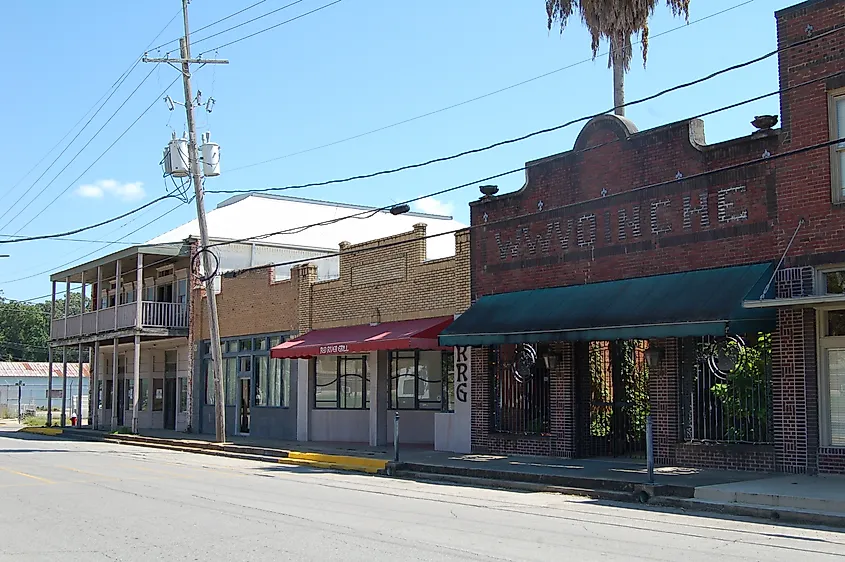
The town of Marksville has strong ties to the Native American heritage, and some of the key features of Marksville Indian Heritage can still be visited today. The Marksville Mounds, located in the Marksville State Historic Site, feature an earthen embankment enclosing six mounds. Each mound served its own purpose; some are still unknown to this day, but it is believed one remaining mound acted as the cemetery, and another is thought to be a stage for events that everyone could partake in. Respectfully roam these sacred grounds to learn more about the land and people who were here before. For an additional significant landscape venture, visit The Fort DeRussy State Historic Site. Located on the Red River, the fort contains an earthen fort, a cemetery, and a water battery. The fort was significant during the American Civil War as part of the Union’s Red River Campaign. Another enthralling outdoor landscape that provides views, wildlife, and adventure is the Grand Cote National Wildlife Refuge. Established in 1989 to protect waterfowl, as part of the North American Waterfowl Management Plan, the refuge still does that in addition to providing space for hikers, hunters, and fishers.
Morgan City
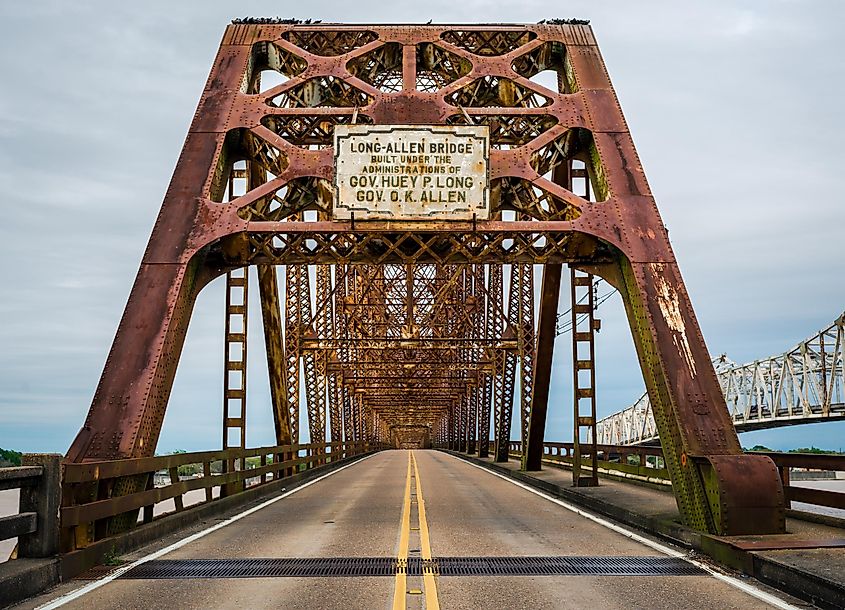
Nestled on the banks of the Atchafalaya River, Morgan City offers multiple nautical sites and excursions. Visit the Brownell Memorial Park & Carillon Tower, a nearly 10-acre sprawling park next to Lake Palourde, which provides a bountiful bird sanctuary and viewing area for wildlife, flora, and fauna. Situated in the park is a 106-foot-tall carillon tower adorned with 61 bronze bells. Every 15 minutes, the bells play two selections. For another towering structure tour, the International Petroleum Museum & Exposition. The collection of artifacts and information pertaining to the offshore petroleum industry is a tribute to the ground-breaking men and women in the industry. Hardships, heroism, challenges, and conquests are all displayed on the rig. As a final little jaunt through Morgan City, enjoy the calmness at Lake End Park. Found on Lake Palourde, the park offers fishing, boating, hiking, camping, and swimming.
Louisiana is most synonymous with Mardi Gras and Bourbon Street parties, but the amount of history in the state eclipses the famed cobblestone street’s beads and Hand Grenades. From battlefields to Native American communities, oil rigs and gardens are just a few of the exceptional examples of the history displays scattered throughout the state. History buffs and tourists looking for an educational experience will not want to pass up a visit to these seven undisturbed towns in Louisiana.
